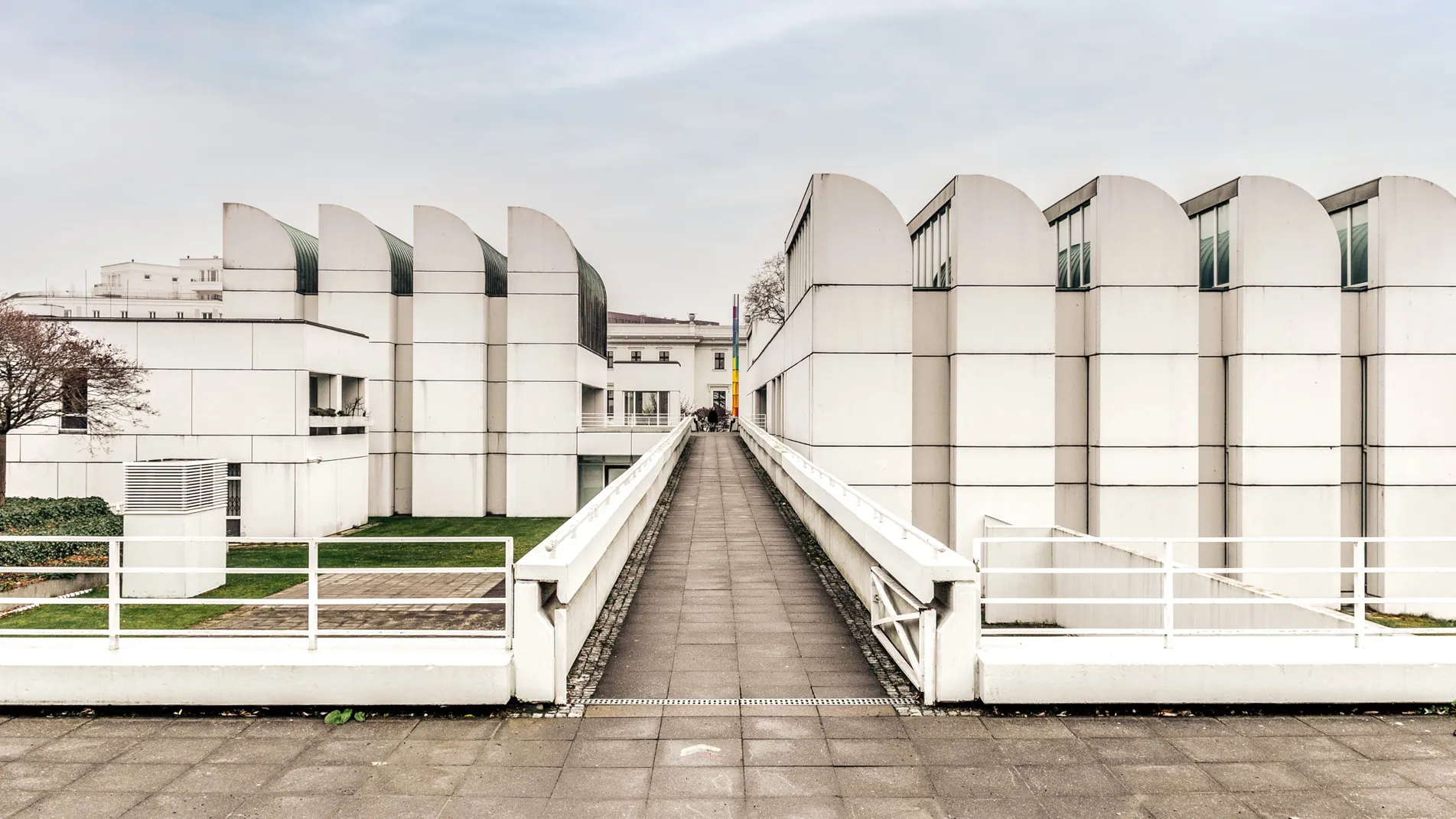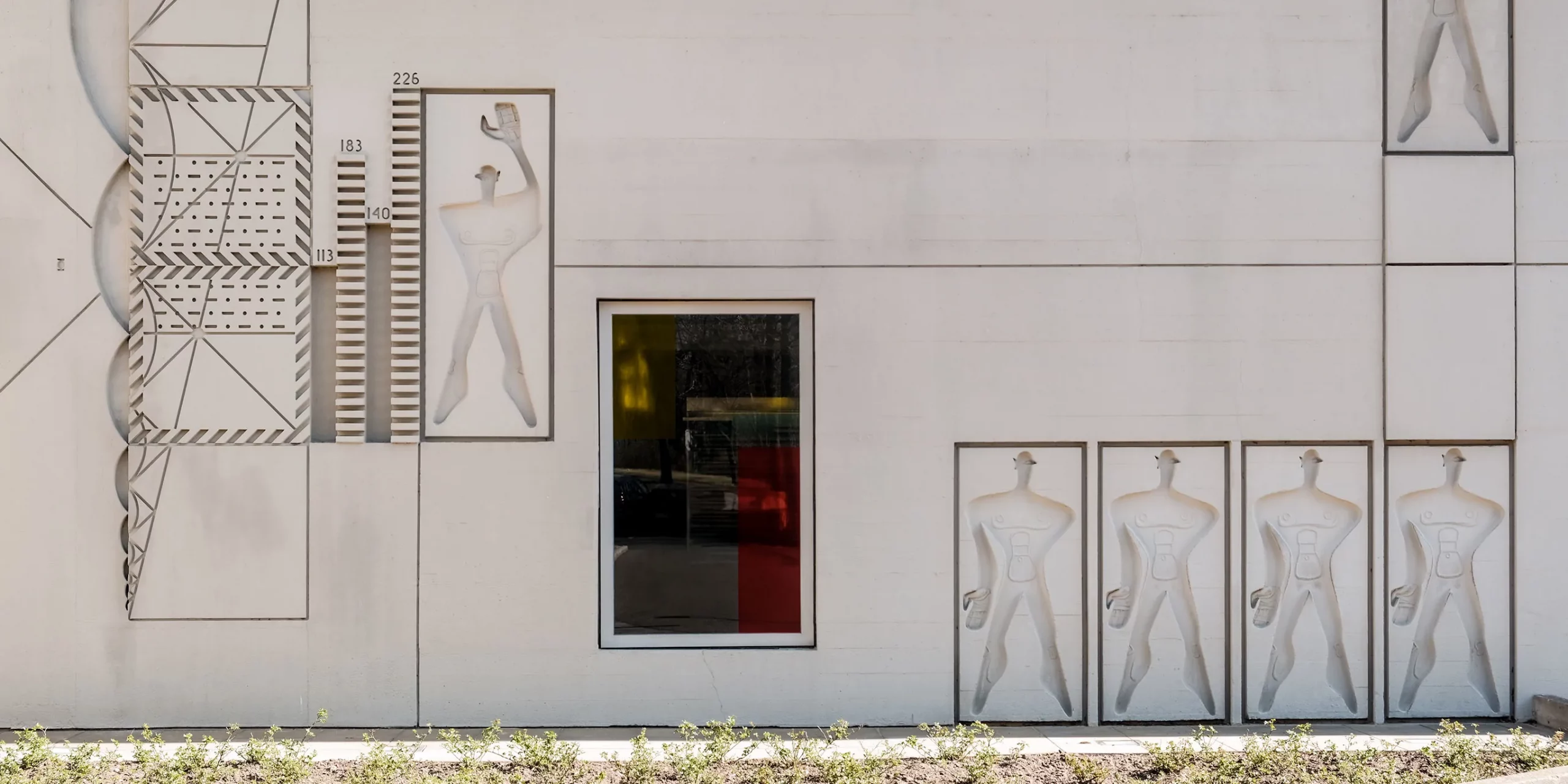
Destination Guides
“One of Berlin’s attractions is that it’s not so homogenous as say, Paris or London,” says Phil Misselwitz, a professor at the Institute for Architecture of the Technische Universität Berlin. “It’s been shaped and characterized by so many ruptures from war, destruction, and ideology that there are a vast variety of buildings.” Indeed, the city’s appeal lies in how many different styles coexist—from the imposing Soviet-era architecture in the East to the classical structures with stucco exteriors of upmarket areas such as Charlottenburg and Prenzlauer Berg, and Bauhaus and Brutalist designs in the West.
A new utopia
The flattening of the metropolis during the Second World War gave Berlin an unprecedented opportunity to build anew in the latest architectural styles. Take, for example the Hansaviertel district, which was almost completely destroyed. The city invited famous architects from all over the world to design buildings for the area, and modernist greats like Walter Gropius, Alvar Aalto, Arne Jacobsen, and Le Corbusier took part, creating a mix of iconic flats and individual houses built between 1957 and 1961. The entire estate is now protected as a historic monument.
